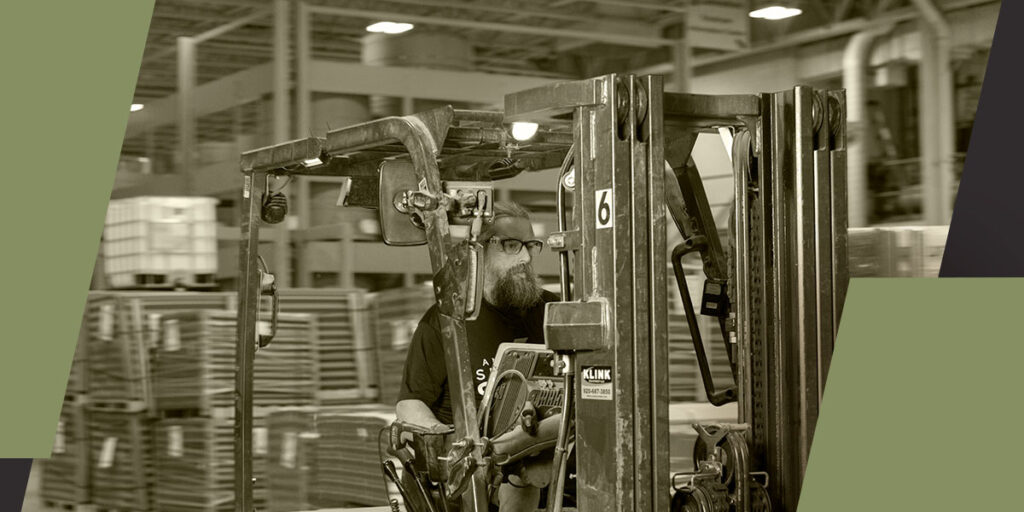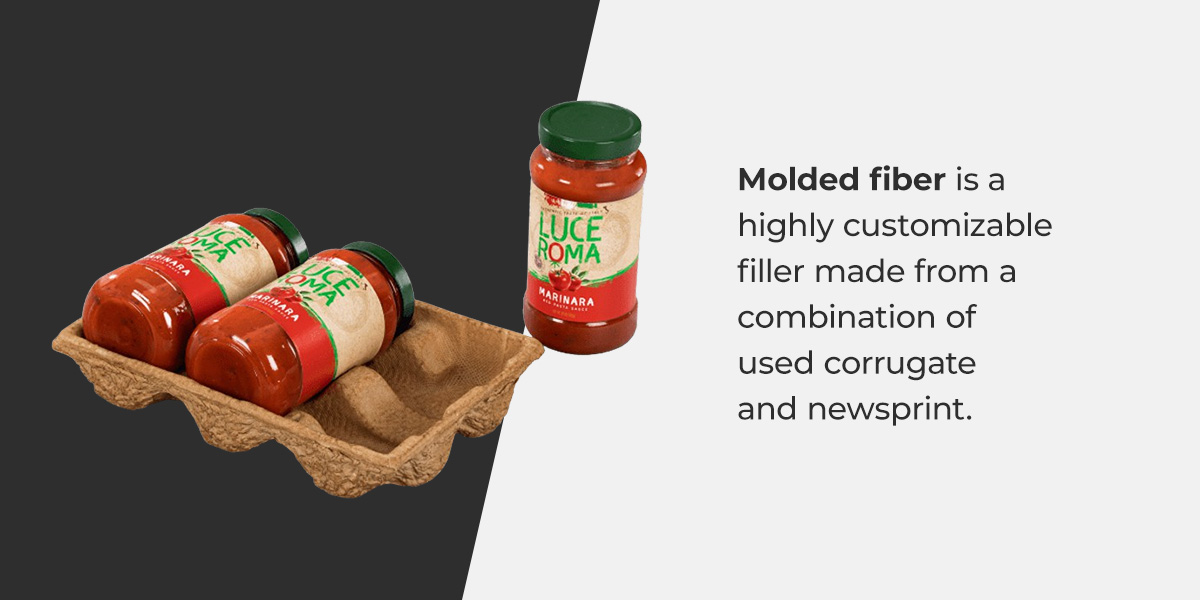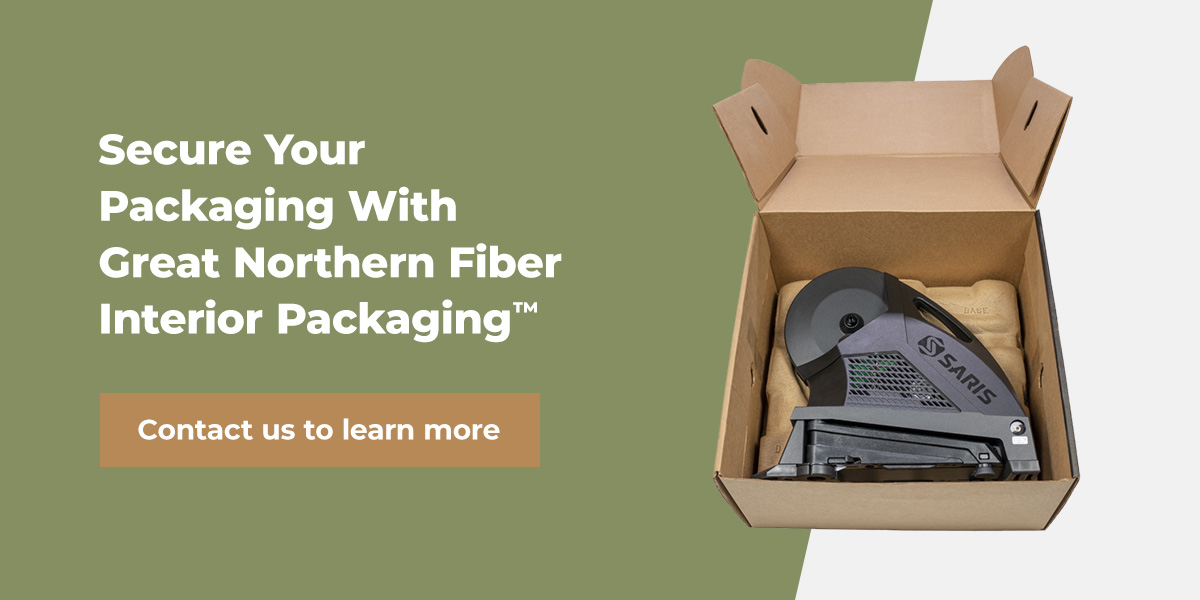
E-commerce businesses must ensure customers receive the products they buy. To securely ship packages and keep buyers satisfied, use every method at your disposal to reduce waste via loss or breakage.
There are many elements to preventing shipping damage, and packaging plays a vital role in keeping items intact. With these secure packaging tips, you can reduce product damage, mitigate transit risks and inspire customer loyalty. Consistent quality can elevate your brand image — a powerful tool in any industry.
Why Should You Secure Items Before Shipping?
Regardless of what you sell, securing your packaging before shipment saves your business money and creates a favorable impression with your customers, leading to repeat sales. The longer a package spends in transit, the more the risk increases. Secure and appropriate packaging protects your products until they reach the customer, preventing unnecessary losses due to loss or damage.
Your product can be exceptional, but if it reaches the customer damaged, they will likely buy from someone else next time. However, if their purchase arrives in perfect condition, they’ll be satisfied with your service and more likely to shop with you again.
What to Consider When Packaging Items for Shipping
Secure packaging depends on the product you’re shipping. To package your products correctly, evaluate them on the following characteristics.
- Weight: If your item is heavy, you’ll need a strong enough package to hold it. Heavy items need multiple corrugation layers.
- Shape and size: As a general rule, your product’s edges should not touch its outer packaging, so leave enough space for the product and filler material. Custom packaging designed to fit your item’s dimensions is an excellent choice.
- Fragility: If your products frequently experience shipping damage, you need extra security in transit and the correct label on the outer packaging to indicate couriers must handle it carefully.
5 Secure Packaging Tips and Tricks
Keeping your package secure can be challenging, but the following tips and tricks can help you reduce loss and breakage costs and keep your customers satisfied with your delivery processes.
1. Remove Empty Space
When there’s too much extra space in a box, your product can move around inside, increasing the chances of breakage. Underfilling packages can also cause them to collapse under the weight of other containers stacked on top, irreparably damaging the product inside.
Reducing unnecessary space is eco-friendly and saves your business money. Having a correctly sized outer packaging for your product is essential. If it’s asymmetrical, custom packaging is an excellent way to cut back on excess space.
2. Use Filler
Filler is one of the most effective ways to reduce space in a box. You have several options to choose from.
- Newspaper: This inexpensive option can be effective for specific product shipping applications. The process is as simple as rolling, cramming and wedging sheets into your package. Newspaper compresses over time and doesn’t provide much support for the outer packaging, so the longer your package is in transit, the less effective it becomes.
- Foam: Foam is air cushioning in different shapes and sizes to pad your package. It’s more expensive than paper, and many consumers dislike plastic-based options due to their environmental impact.
- Bubble wrap: This air-filled plastic is easy to use — you can cut it to the size you need. It’s best for cushioning rather than filling.
- Molded fiber: Molded fiber is a highly customizable filler made from a combination of used corrugate and newsprint. It’s 100% recyclable, biodegradable and valuable for many shipping and packaging applications. It’s an excellent option, as it nests the items inside, comes in various thicknesses, is lightweight, flexible, completely customizable and provides high protection during shipping.
3. Watch Your Weight
Regardless of how much your items weigh, the packaging must sustain that weight during shipping. In addition, if you make packages too heavy, carriers are more likely to drop them, as they’re much more challenging to handle. Where possible, break up heavy items into multiple smaller packages so they’re easier to transport securely.
Consider your chosen filler’s weight in addition to the product itself. A lightweight option like molded fiber can reduce your packages’ overall weight, making them easier to load and transport without compromising security.
4. Test Your Solution
Your product and its packaging must endure unfavorable conditions during shipping, including heat, rain, inclines, compression, impacts and vibrations on the road and in the air. Testing your solution thoroughly under all these circumstances ensures it works, regardless of what your package encounters in transit.
To ensure your testing indicates actual conditions your package might encounter, contact a certified International Safe Transit Association test lab to determine if you need to modify anything for better security. Some common types of ISTA package testing include the following.
- ISTA 1 Series: Non-simulation integrity performance testing determines the product’s strength and package combination. This test is an excellent tool for using as a benchmark over time.
- ISTA 3 Series: These general simulation performance tests involve simulating the motion, conditions and sequences of transport. The testing process is comprehensive and includes different vehicle types, routes and handling exposures, so you have an excellent idea of whether your package is secure enough to withstand the rigors of transit.
5. Use a Custom Solution
Regardless of how thoroughly you approach package security, cookie-cutter solutions can only get you so far. Custom packaging is a perfect fit every time, so you can focus on providing your clients with the products they love. Aside from providing quality packaging security, custom solutions have significant benefits. This sustainability-focused option allows you to align your brand with eco-friendly consumers, increasing brand awareness and improving customer satisfaction.
An intact package is an integral part of the unboxing experience, and your customers are your primary focus every day. Custom packaging gives your business extra security and peace of mind, knowing your customers have the best chance of receiving an intact and appealing product.







